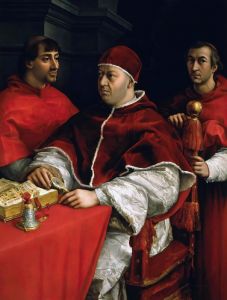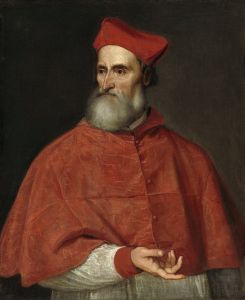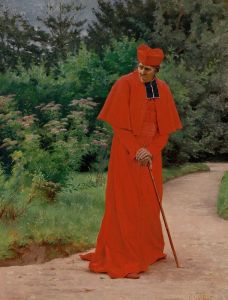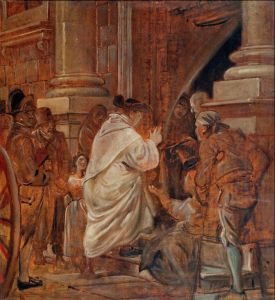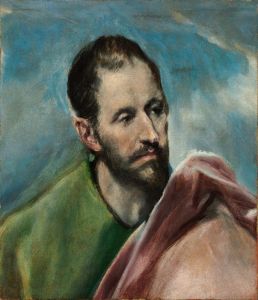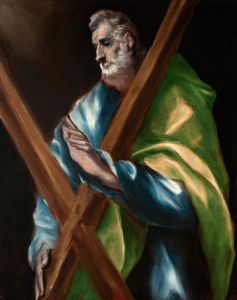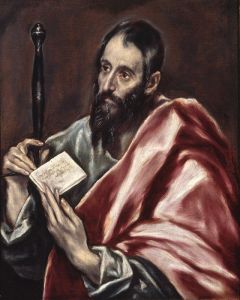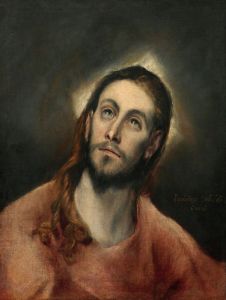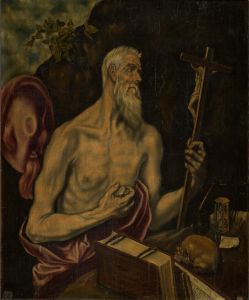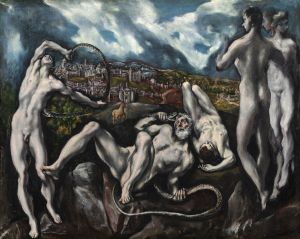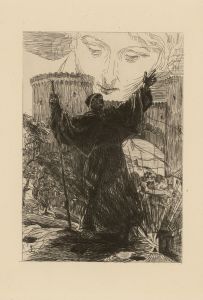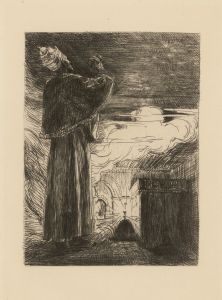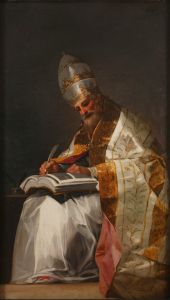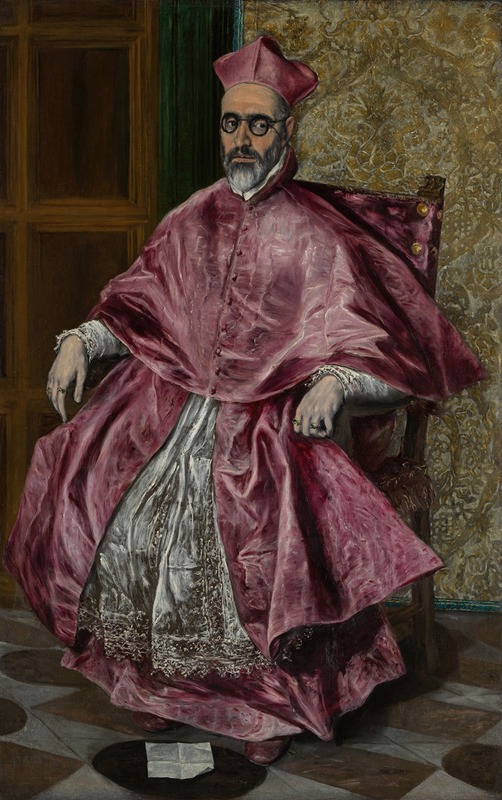
Cardinal Fernando Niño de Guevara
A hand-painted replica of El Greco (Domenikos Theotokopoulos)’s masterpiece Cardinal Fernando Niño de Guevara, meticulously crafted by professional artists to capture the true essence of the original. Each piece is created with museum-quality canvas and rare mineral pigments, carefully painted by experienced artists with delicate brushstrokes and rich, layered colors to perfectly recreate the texture of the original artwork. Unlike machine-printed reproductions, this hand-painted version brings the painting to life, infused with the artist’s emotions and skill in every stroke. Whether for personal collection or home decoration, it instantly elevates the artistic atmosphere of any space.
"Cardinal Fernando Niño de Guevara" is a portrait painting by the renowned artist El Greco, whose real name was Domenikos Theotokopoulos. El Greco was a Greek painter, sculptor, and architect of the Spanish Renaissance, known for his distinctive style that combined elements of Byzantine tradition with Western painting techniques.
The painting depicts Cardinal Fernando Niño de Guevara, a significant figure in the Catholic Church during the late 16th and early 17th centuries. Born in 1541, Fernando Niño de Guevara was a Spanish cardinal who served as the Grand Inquisitor of Spain from 1599 to 1602. He was also the Archbishop of Seville and later the Archbishop of Toledo, one of the most important ecclesiastical positions in Spain.
El Greco painted this portrait around 1600-1601, during a period when he was at the height of his artistic powers. The painting is notable for its psychological depth and the meticulous attention to detail, characteristics that are hallmarks of El Greco's portraiture. The cardinal is depicted seated, wearing the traditional red robes of his office, which contrast sharply with the dark, almost black background. This use of color not only highlights the cardinal's status but also draws attention to his face, which is rendered with remarkable realism and intensity.
The cardinal's expression is one of stern authority, befitting his role as Grand Inquisitor. His gaze is direct and penetrating, suggesting a man of considerable intellect and determination. The painting also features a richly detailed depiction of the cardinal's hands, which rest on a book, possibly a Bible or a legal text, further emphasizing his scholarly and religious duties.
El Greco's use of light and shadow in this portrait is particularly effective. The light source appears to come from the left, illuminating the cardinal's face and upper body while casting the rest of the scene in shadow. This technique not only adds a dramatic effect but also serves to focus the viewer's attention on the cardinal's face and hands, the two most expressive parts of the human body.
The painting is currently housed in the Metropolitan Museum of Art in New York City, where it is part of their European Paintings collection. It is considered one of El Greco's masterpieces and is highly regarded for its artistic and historical significance. The portrait provides a fascinating glimpse into the life and character of one of Spain's most powerful religious figures, as well as a testament to El Greco's skill as a portraitist.
In summary, "Cardinal Fernando Niño de Guevara" by El Greco is a masterful portrait that captures the essence of its subject with remarkable clarity and depth. It stands as a significant work in the history of art, reflecting both the artist's unique style and the historical context of its creation.





